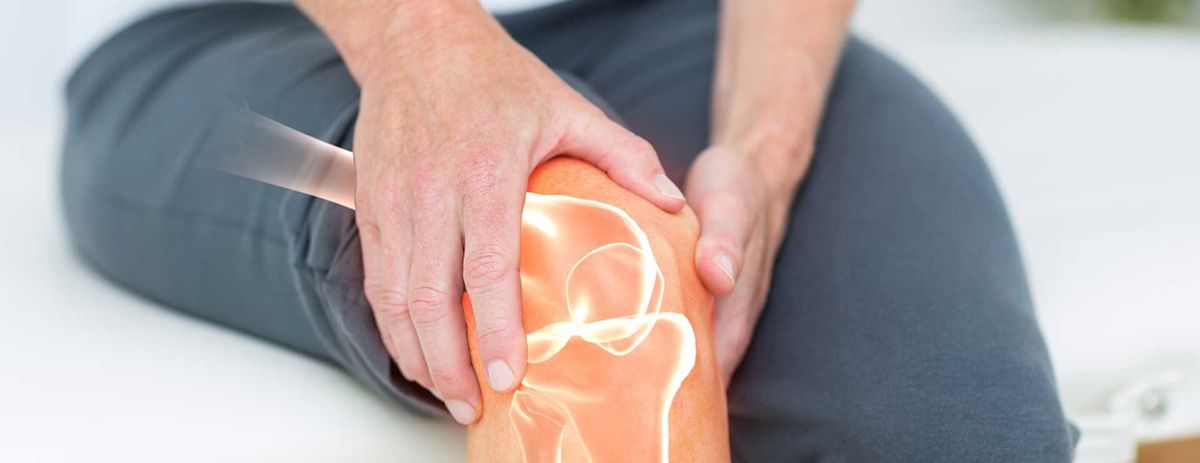Pain in Both Leg From Knees Down

Pain in both legs from the knees can be a symptom of several conditions. It can be sharp, dull, aching, or burning. It may occur constantly or intermittently. It can be worse with activity and improve with rest. It may also be associated with other symptoms. You should consult your doctor if you're unsure which condition is causing your pain.
Diabetic neuropathy
Diabetic neuropathy is a nerve condition in which one or more of the nerves in the legs becomes damaged. These nerves control movement and the sense of pain. It affects about 50% of individuals with diabetes. It affects movement and feeling, usually accompanied by numbness or tingling in the legs. Some people experience burning or sharp pains in their feet. Medication relieves the pain and prevents the disease from getting worse.
Diabetic neuropathy can have many causes, and treatment depends on the cause, severity, and type of neuropathy. Diabetic neuropathy symptoms may mimic other health problems. Treatment is essential to prevent further damage to the nerves, but lifestyle changes can also be helpful.
Arthritis
If you have Arthritis, you may feel pain in both legs from the knees down. This can cause pain day and night and may vary with your activity level. In addition, your knees may be swollen and difficult to bend or twist. There are two types of swelling: hard swelling, caused by the bone on the outside of the joint growing outward, called osteophytes, and soft swelling, caused by extra fluid within the joint. These swellings are usually caused by inflammation and can cause a sore feeling in the knee.
Arthritis can also cause joint stiffness and loss of flexibility. Some people may also experience cracking, popping, or grating sensations. The condition can also result in bone spurs, which feel like hard lumps in the joint. Soft tissue inflammation surrounding the affected joint may cause swelling as well.
Muscle strains
A variety of reasons can cause muscle strains. They can be minor or severe and can interfere with daily activities. However, simple stretching exercises can help reduce pain and swelling and may be recommended by your doctor. A simple heat pack can also relieve pain and stiffness.
Muscle strains typically occur when a muscle is stretched beyond its limits. As a result, the tissue within the muscle is torn and becomes painful. This type of injury is often found near the joint where a muscle joins a tendon. However, a muscle strain can also be caused by a direct blow to the muscle. Treating muscle strains as soon as possible is essential to minimize the pain and speed up the healing process.
Shingles
Shingle is an unpleasant rash that reactivates the chickenpox virus. It is typically associated with pain that begins two or three days after the initial infection. In severe cases, pain may extend down both sides of the body. Shingles pain can be persistent or intermittent, and the affected area may have numbness or tingling. The pain that patients experience is likely due to direct nerve damage from the inflammation and hemorrhaging that occurs. Occasionally, patients may experience a rash that resolves before the pain stops, which is uncommon. If the pain persists for a prolonged period, it can be a sign of chronic pain called postherpetic neuralgia.
Unlike the pain associated with the virus, which typically clears up within two to three weeks, postherpetic pain is not as easily diagnosed. Because the rash appears so quickly, a doctor may be forced to delay diagnosis until after the rash has completely disappeared. Pain can last anywhere from a couple of days to weeks or even a few months, so early diagnosis is critical.
Achilles tendon injury
Achilles tendonitis is a common injury to the lower leg. It is often caused by excessive strain on the tendon. Treatment for this condition may include surgical treatment, non-surgical treatment, or non-invasive measures to improve pain and movement. Treatment may include rest, ice, and anti-inflammatory drugs. Physiotherapy exercises can also help improve the pain and activity level.
The pain typically starts as mild pain near the heel and may spread to the back of the leg and above. In some cases, it may be accompanied by swelling. Pain may also be experienced when flexing the calf muscles. Symptoms may get worse after long periods of activity, such as running or stair climbing. Tenderness and stiffness may also occur with Achilles tendonitis. The pain typically improves after a short period of rest.



